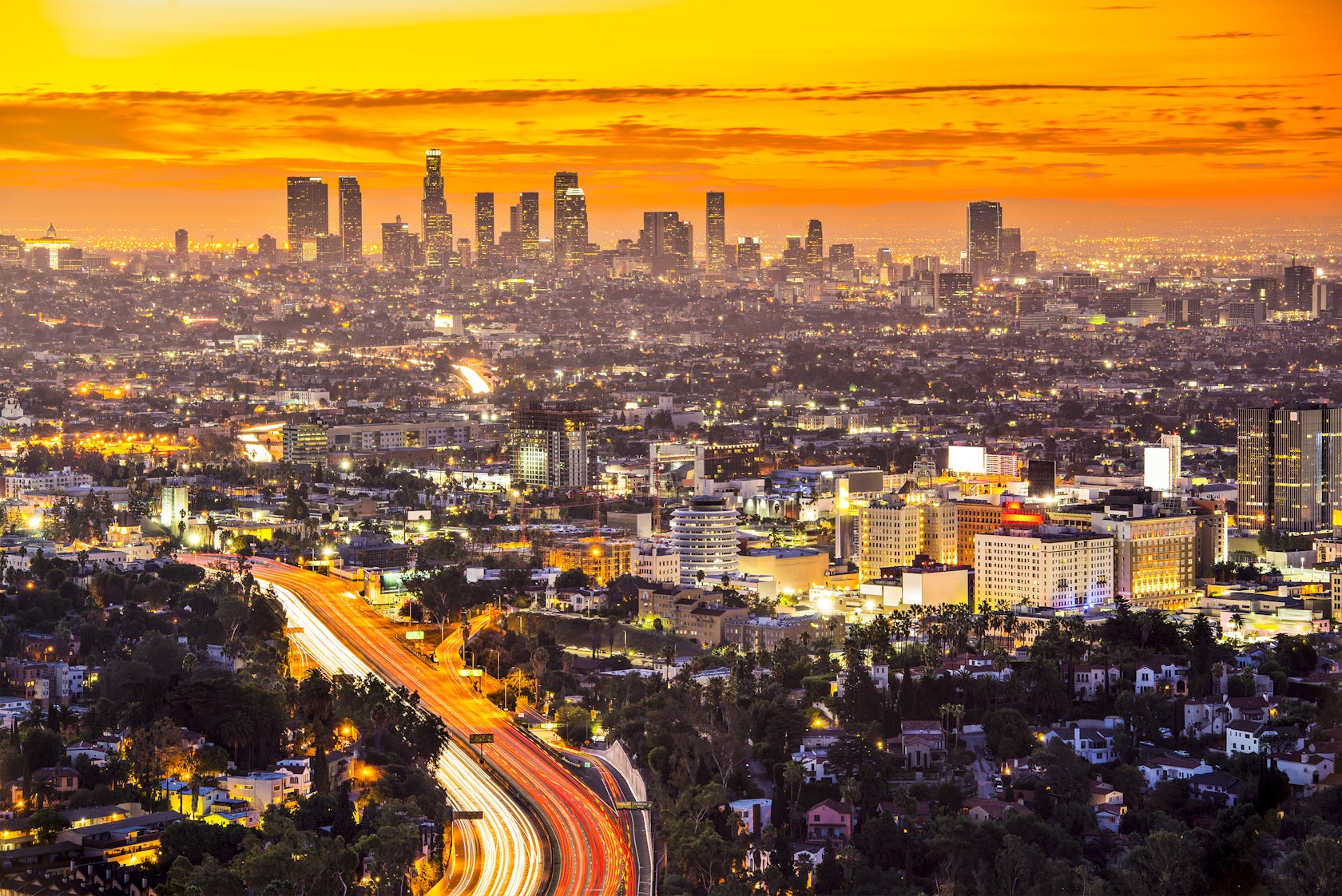

The world’s population is going through the proverbial roof, set to surpass 9.5 billion by 2050, and with more than half of us now living in cities, the strain on existing urban infrastructure is accelerating at a frightening rate … alright, I know what you’re thinking: Tell us something we don’t already know. It’s an age-old problem that has caused headaches amongst urban planners and city officials for decades. Long-term population growth affects cities in very different ways across the globe, largely depending on socioeconomic context. In many urban regions across the United States, it has led to a notable increase in “sprawl,” a term loosely thrown around when deriding low-density development over a large metropolitan area. The 'burbs, Los Angeles. Via Solutions Journal The very definition of sprawl is open for debate. For some, it is represented by row upon row of detached houses with large yards, picket fences, and an oversized SUV or two out front. For others, like outspoken social critic James Howard Kunstler, it is defined by eight-lane highways lined with drive-thrus and box stores. His TED Talk from a decade ago decried such places “national automobile slums,” “an asteroid belt of ... , Paul Keskeys, read more Architizer http://ift.tt/2shL8zu


Yorumlar
Yorum Gönder